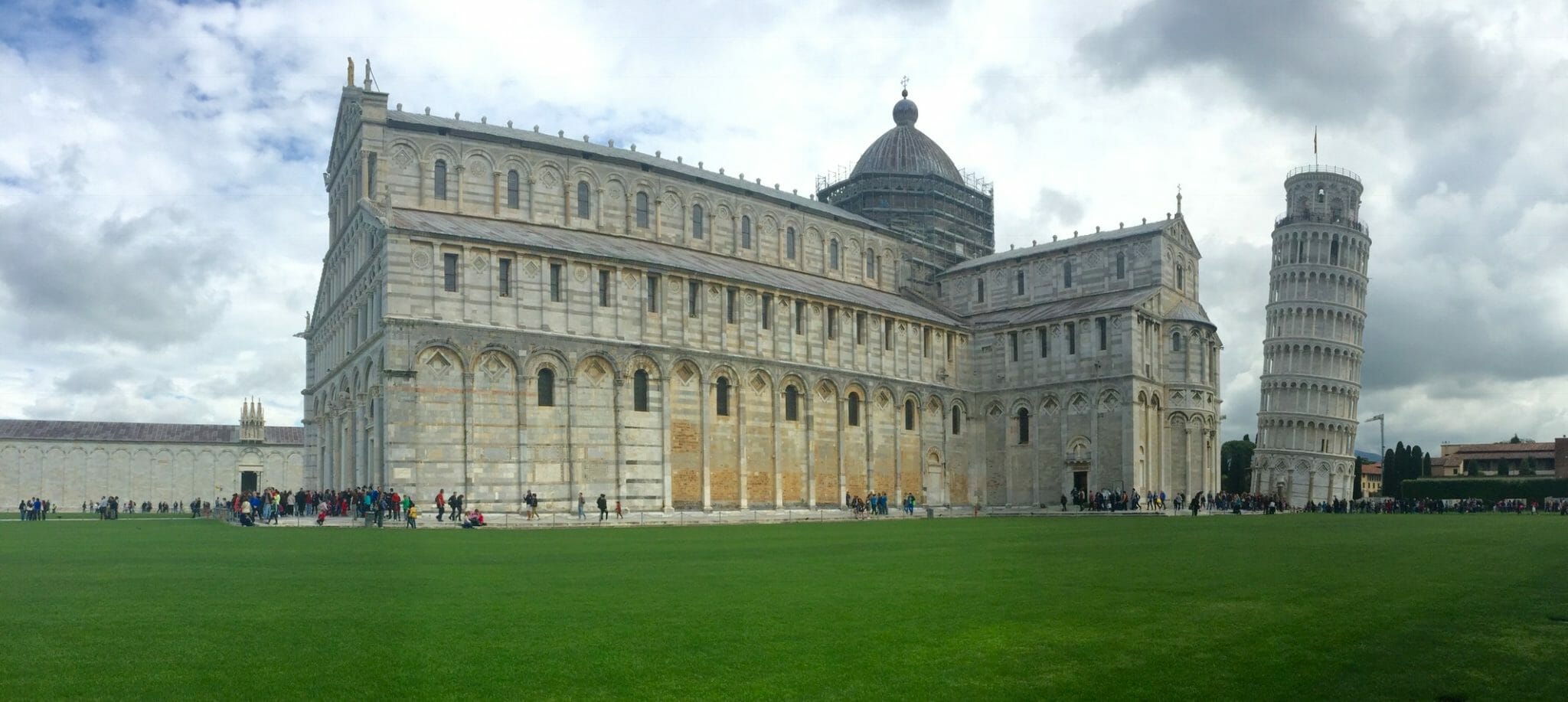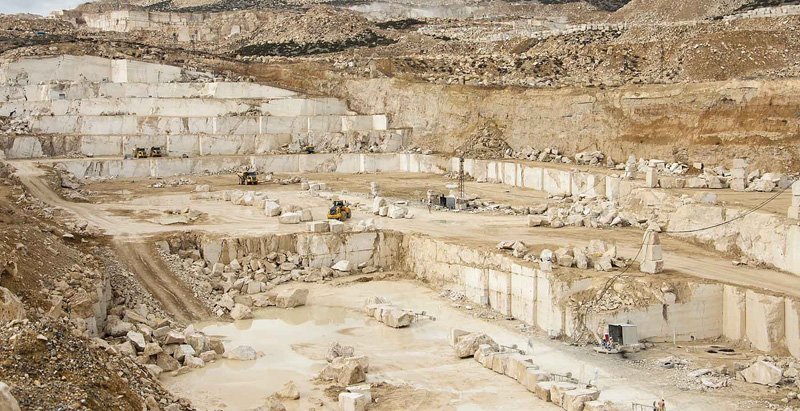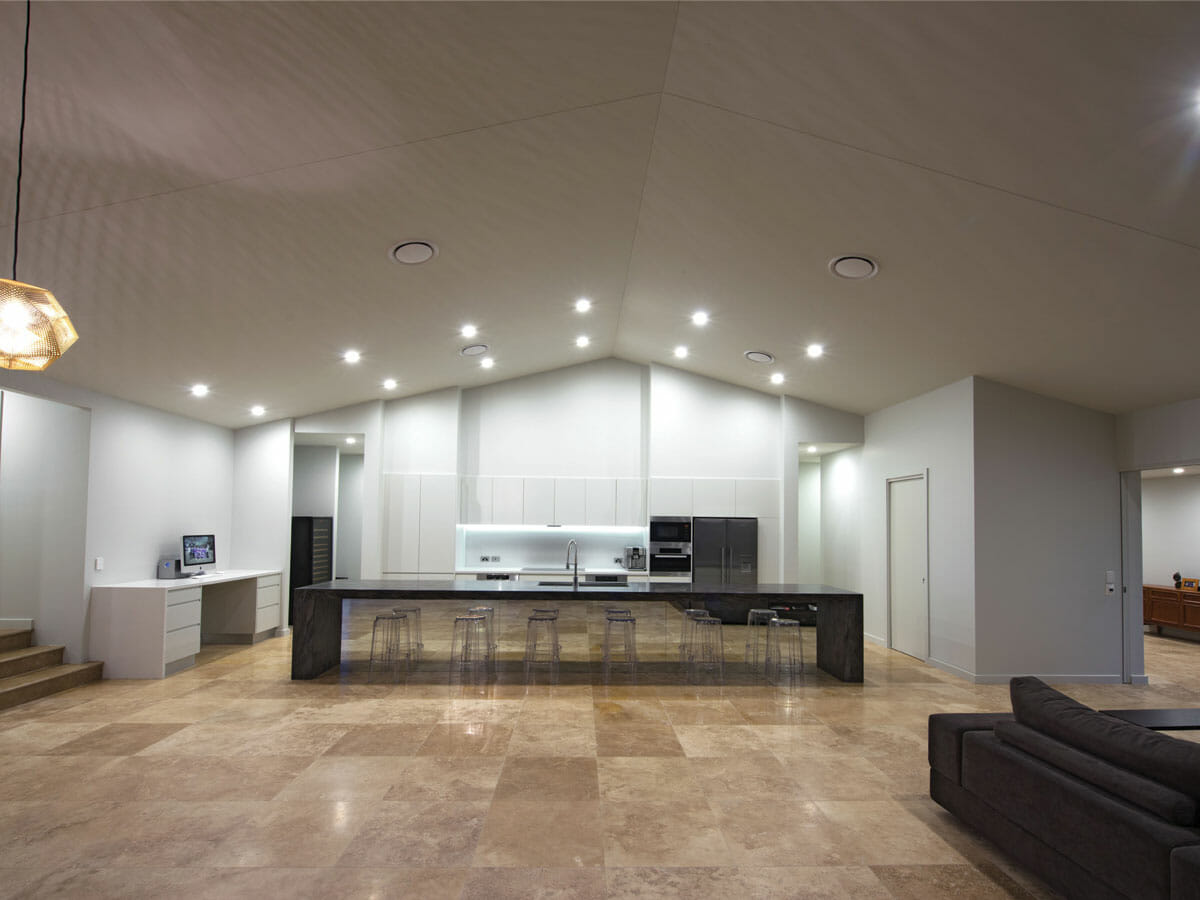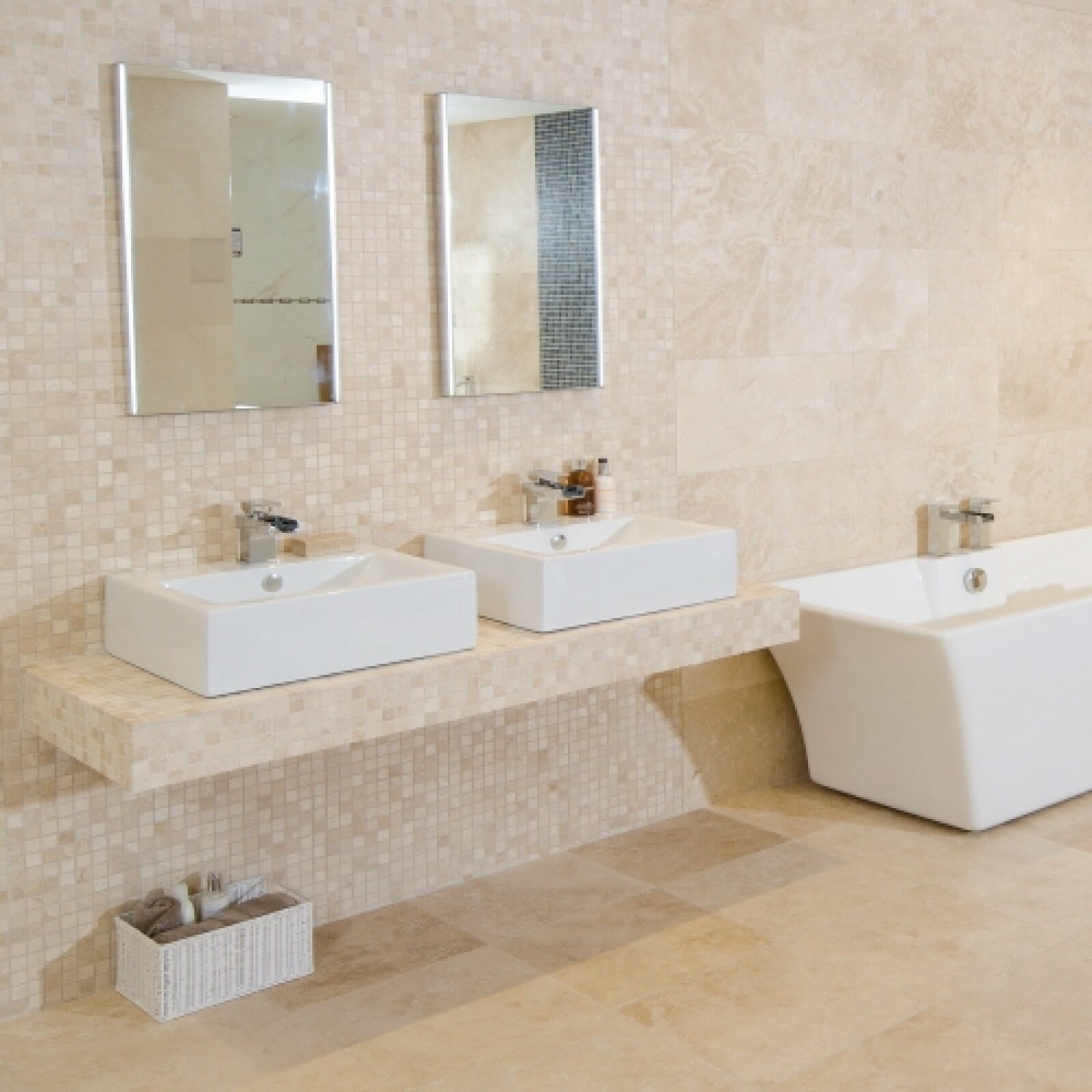Travertine Tiles all questions answered here – PRICES, SEALING, MAINTENANCE, COLORS, TYPES, HISTORY
We’re always keeping an eye on sites like Pinterest and Houzz in order to keep ahead of the trends when it comes to flooring options, and one of the floor coverings that we’ve seen growing in popularity recently is travertine tile flooring. Natural stone flooring in general is seeing a surge in popularity, as it is beautiful, durable and timeless. But with options ranging from slate to marble, there are plenty of options to choose from. One of those options is travertine, which has been a premium flooring material for centuries. So what is travertine tile flooring, and is it right for your next flooring project? Floor Coverings International of Rochester, NY has the answers in this in-depth post about everything you ever wanted to know about travertine tile flooring!
What is Travertine?
Travertine is a luxurious natural stone that is used as a building material not just as flooring, but also for countertops, backsplashes, facades, and other decorative purposes. Travertine is a sedimentary stone, which, if you’ll recall your elementary school geology, refers to stones that are formed by deposits of minerals and other materials (sediment), in contrast to igneous or metamorphic rocks. The sediments that make up travertine are usually found in geo-thermally heated hot springs and geysers, or limestone caves. Travertine is actually a type of limestone, which is also a sedimentary stone, whose sediment is made up of calcium carbonates such as aragonite and calcite, just like travertine. Travertine goes through an extra procedure, though, wherein hot and mineral-rich water flow through the limestone, and the carbon dioxide released creates the distinctive porosity of travertine. Most travertine tiles are about half an inch thick, and the surface of a travertine tile can come filled or unfilled. Most of today’s travertine comes from Italy, Turkey, and Mexico.
The History of Travertine
Travertine has a long and prestigious history as a favored building material for everyone from Michelangelo to Richard Meier. Travertine stone has been a prominent building material going back to the Middle Ages, and even earlier than that. Italy is filled with travertine quarries, so it’s no surprise that the Romans made extensive use of travertine in structures as varied as baths, amphitheaters, flooring, aqueducts, and temples. The iconic Colosseum in Rome is constructed almost entirely out of travertine, in fact. The name of travertine also belays its Roman origins. Travertine’s Latin name is lapis tiburtinus, meaning Tibur stone, for the ancient Roman city where it was quarried, which is now known as Tivoli. Over time this name was slowly corrupted to the current version, ‘travertine.’ During the Renaissance, artists and architects attempted to revive the Classical era through their own use of travertine. Michelangelo used travertine in the construction of the dome of St. Peter’s Basilica. Gian Lorenzo Bernini used Travertine to build the St. Peter’s Square Colonnade in the 1600’s. In 1732 Nicola Salvi chose travertine for his construction of the Trevi Fountain. But it’s not only in Italy that travertine was popular. The iconic Sacre-Coeur Basilica in Paris makes extensive use of travertine, and the lobby walls of the Willis Tower (formerly known as the Sears Tower) in Chicago are lined with travertine. Giving the Colosseum a run for its money in extensive use of travertine stone is the Getty Center in Los Angeles, whose façade is made up almost entirely of travertine. Up until about 10 years ago, Italy was the main source of travertine. Now there are plenty of other places from which to source travertine stone, including Mexico, Peru, Iran, and Turkey. There is also some domestic travertine production, and large travertine deposits exist in Yellowstone National Park.
The Colors of Travertine
Travertine is known and appreciated for its distinctive, rustic, and classic look. Travertine is a light colored stone, so it will frequently be seen in shades of tan, white, gray, gold, and light brown, but can also come in darker tones of rusty red. The color of travertine is determined by its iron content. Travertine has a characteristically aged look, which accurately represents the long history of its use. The weathered look of unpolished travertine is one of its most desirable qualities. While this rustic travertine is the most common image of it, there are actually a wide range of potential appearances, depending on the finish. Travertine is a natural stone, so it’s important to keep in mind that no two travertine tiles will look exactly the same, and if you want an entirely uniform experience, travertine might not be the right choice. Pits and holes, which speak to its porous nature, characterize unfilled travertine in its natural state, and some travertine can feature minor veining that gives it a similar look to marble. Because travertine tiles can be cut to size, you can go for large slabs or small mosaic tiles, depending on the look you’re aiming for with your floors.
Travertine Tile Finishes
The first thing to consider is whether you want filled or unfilled travertine. We mentioned that travertine is porous and features many little holes throughout its body and surface. Filled or unfilled refers to whether or not these holes are filled. Generally filled travertine will be more durable. While our last section discussed the general appearance of all travertine, the look of your specific travertine floors will depend entirely on the finish applied. There are 4 main finish types for travertine, polished, honed, brushed, and tumbled. Polished travertine will be shiny and glossy and reflect light, and the colors will tend to be richer and pop more. Polished travertine is extremely smooth and flat, but can be slippery, especially when wet, although it is particularly stain resistant. Honed travertine is the most common type of travertine flooring. This means that the surface of the travertine has been polished flat, but not completely glossed. The surface of the floor will be matte and non-stick, and will more closely resemble traditional travertine. When most people think of travertine tiles, honed travertine is the finish that comes to mind first. Tumbled and Brushed travertine tiles have textured surfaces that reflect the least amount of light and have the most muted colors. Tumbled travertine has more texture than brushed travertine, and sometimes features rounded edges that give it a distinctive look. Tumbled travertine also looks distinctly more aged and weathered. A wire brush is used to abrade the surface of brushed travertine to increase its texture, and it features many of the same properties as tumbled travertine. Tumbled, brushed, and honed travertine might need a sealer to protect them from staining, as travertine is very porous. Another thing to consider is whether you want chiseled travertine or not. While the previous descriptions have all applied to the surface of the travertine floor tile, chiseled refers to the edges of the tile, and whether or not they have been ground straight and beveled. Chiseled travertine features a more rustic, weathered, and aged appearance.
Durability of Travertine Tile Flooring
Travertine, like most natural stone flooring options, is a very durable material that will stand up well to heavy traffic. Travertine is a very hard material, comparable to marble in its Measurement of Hardness (MOH) rating, so it’s perfect for high traffic areas. Travertine’s distinctive aspect of durability is its capability to withstand extreme temperature fluctuations, so it can be used in outdoor settings and is frequently found by swimming pools or on patios. Filled and sealed travertine will be essentially water proof and stain proof, but unfilled travertine can absorb things like food spills due to its porosity.
Maintenance of Travertine Tile Flooring
Travertine will require more maintenance than some flooring options, although sealed and filled travertine will be a bit easier to manage. As with any flooring option, regular cleaning is key to keeping your floors looking beautiful for longer. Sweep often to make sure that dirt and grit don’t get a chance to build up on your travertine floors. Regularly damp mop or vacuum your travertine to keep them really spotless. As we’ve said, travertine is porous, and so can be susceptible to spills and stains. If you do spill something on your travertine tile floors, be sure to wipe it up immediately and don’t let it set in. Reseal your travertine floors every couple of years at the least in order to keep them resilient. Travertine is particularly sensitive to acidic substances and alkalines such as lemon, wine, juice, and coffee, so avoid acidic cleaners and be particularly wary of having these materials around travertine. If you want to use a stone cleaner, be sure to get one particularly meant for travertine, and discreetly spot test it first to ensure that there won’t be any nasty surprises.
Price of Travertine Tile Flooring
As with most natural stone flooring options, travertine will cost you. While not as dear as a material such as marble, travertine is still considered a luxury floor covering, so be prepared to pay for it. The price per square foot is very variable and will depend on the quality of the travertine, the market at the time, and numerous other factors, so that you could pay anywhere between $44.00 and $69.00 per square meter for your travertine floors. Installation costs will also come into play, and possibly import fees if the travertine is coming from a foreign country.




